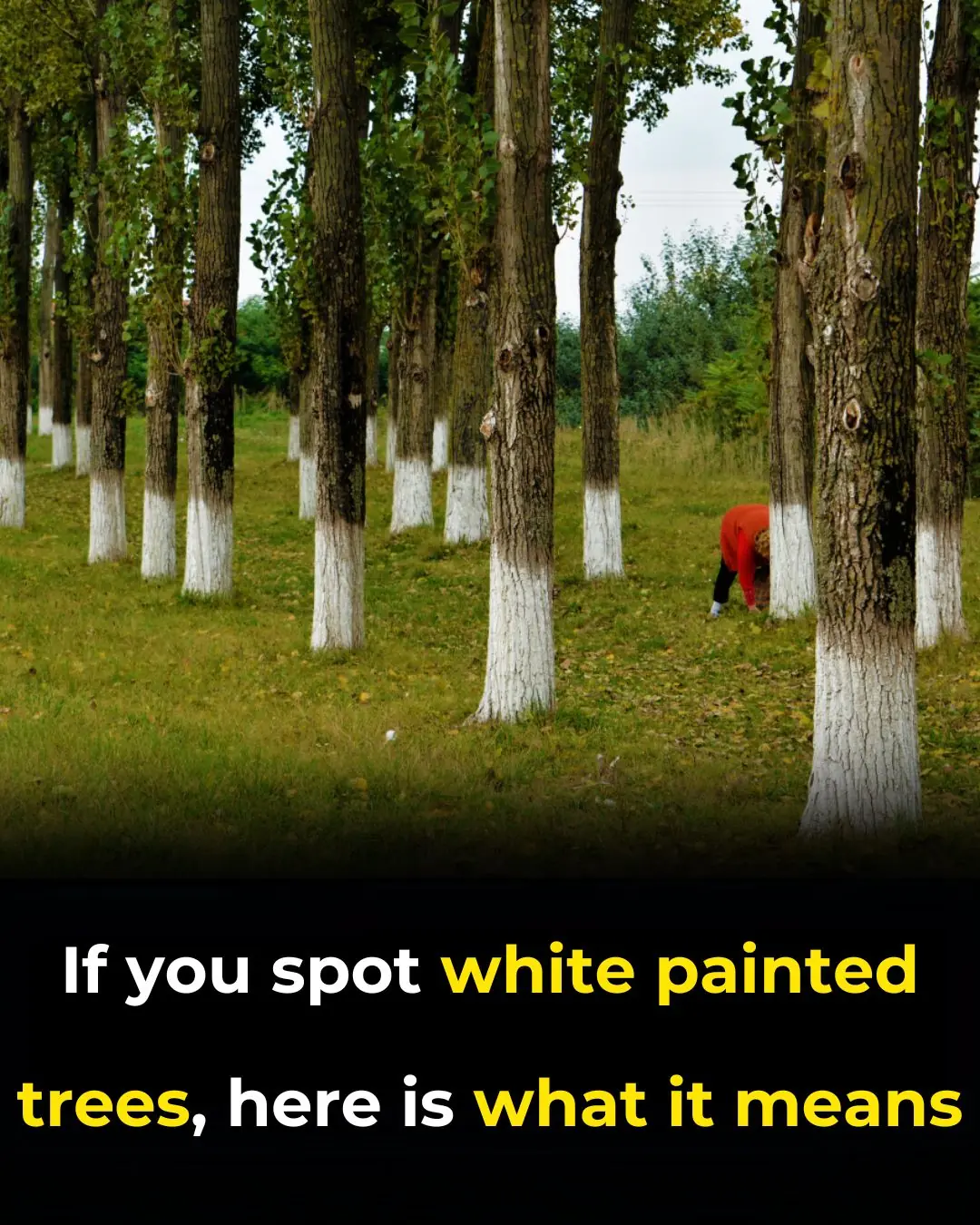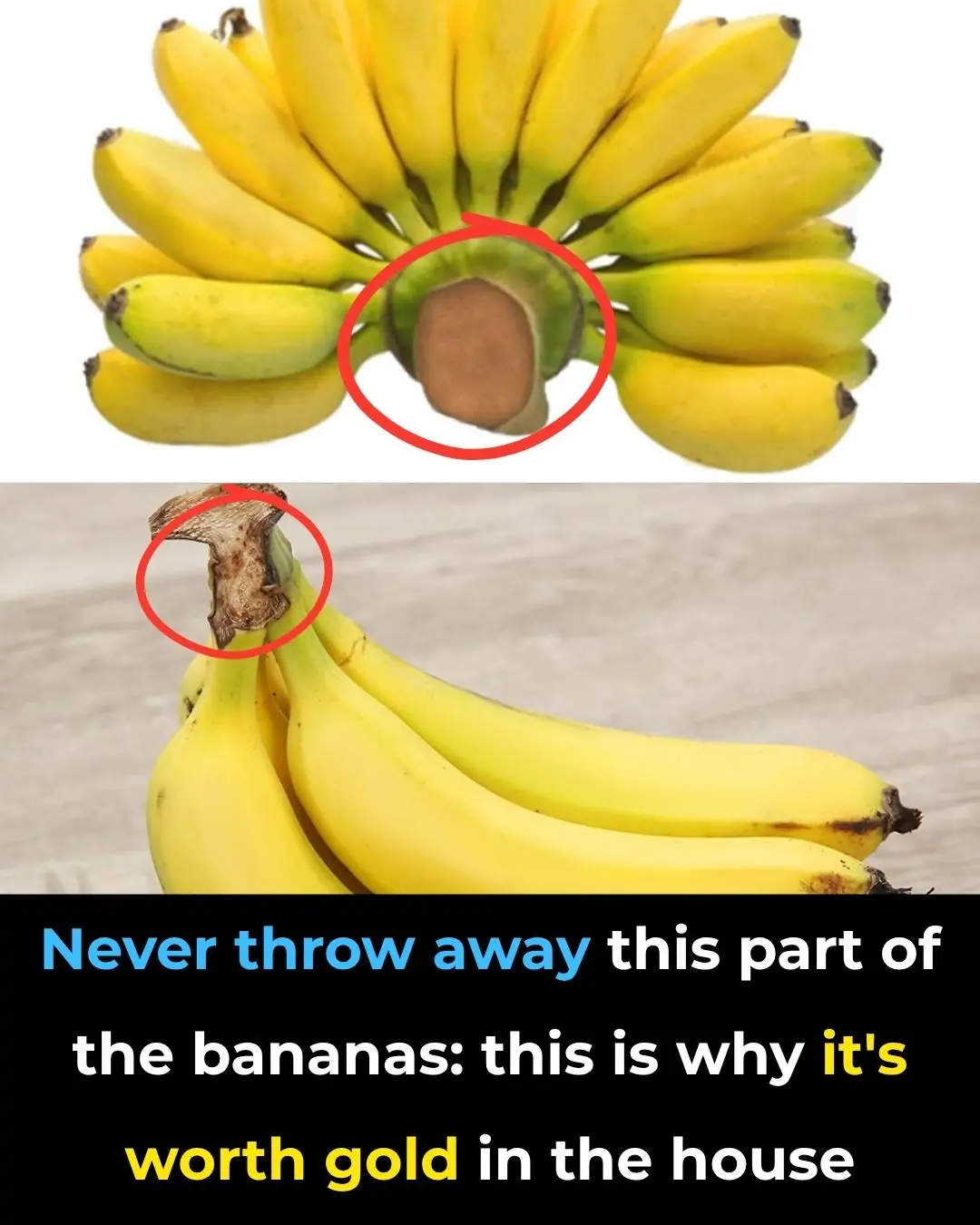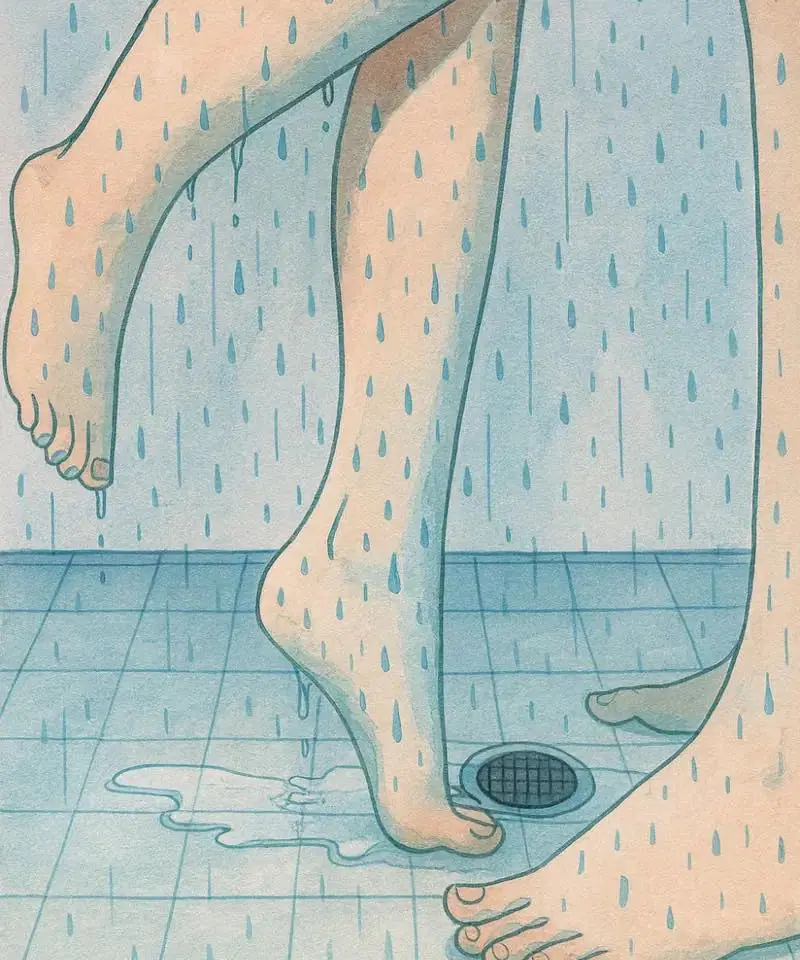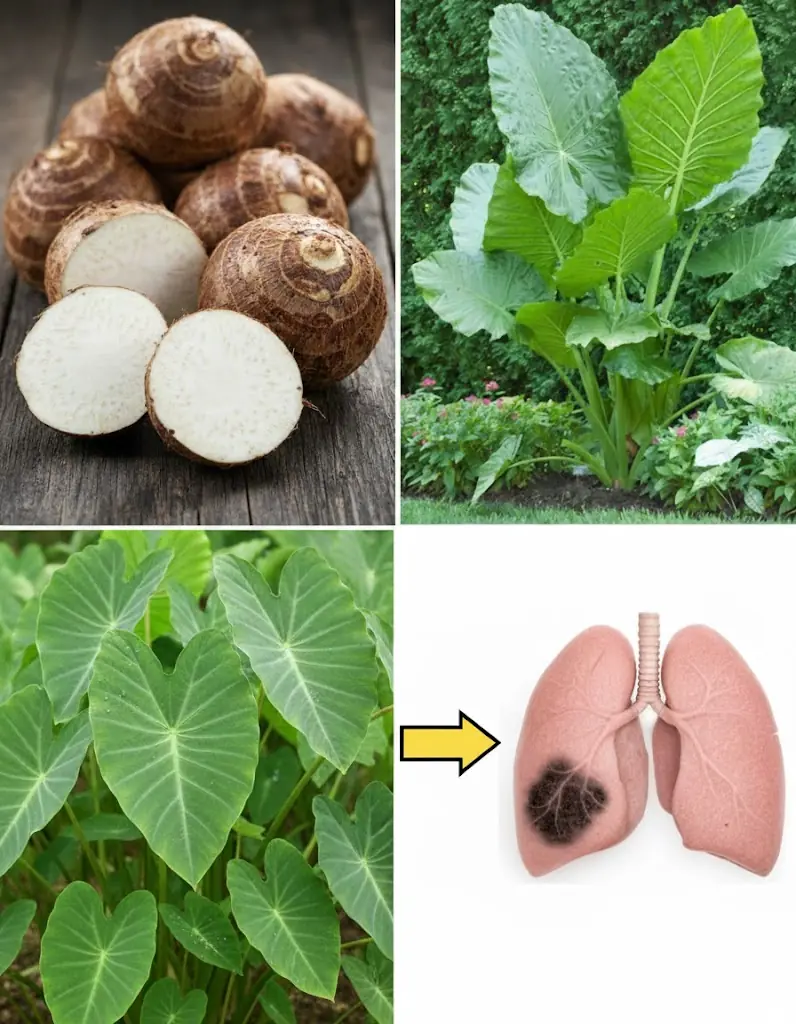
What’s the Reason Behind Painting Trees White?
Why Some Trees Are Painted White — The Hidden Science Behind a Common Sight
Nature bursts with color wherever we look. Forests, gardens, and parks are a living palette — from the soft pink of cherry blossoms to the golden hues of maple leaves in autumn and the deep green of evergreen pines. Yet, among this vibrant diversity, you might have noticed something curious: trees with white-painted trunks. Unlike birches, which naturally have pale bark, these trees are painted by humans. But why?
The Main Reason: Protection from Sunscald
If you’ve ever walked through an orchard or suburban neighborhood and spotted trees with their lower trunks coated in white paint, you’ve witnessed an ancient yet practical horticultural technique. The main purpose? To protect the tree’s bark from “sunscald” — a type of sunburn for trees.
Sunscald typically happens during late winter or early spring, when bright sunlight warms the bark during the day, only for freezing temperatures to strike again at night. These rapid temperature swings cause the tree’s outer bark to expand and contract unevenly, leading to cracking, peeling, or splitting. Once damaged, the bark can no longer effectively protect the inner layers, making the tree vulnerable to disease, fungal infections, and insect infestations.
Painting the trunk white helps reflect sunlight, keeping the bark cooler and preventing those harmful temperature fluctuations. It’s a simple, low-cost method of shielding trees from a problem that many homeowners never realize exists.
“This type of painting is usually done on young, thin-barked residential trees or in orchards,” explains Christopher Evans, an extension forestry and research specialist at the University of Illinois Urbana-Champaign. “The white paint helps moderate daytime heating of the bark and reduces the risk of sunscald.”
In other words, the practice is like giving trees a coat of sunscreen — one that helps them survive their most vulnerable years.
Why It’s Especially Important for Young Trees
Younger trees, particularly those with thin, smooth bark like fruit trees, are much more susceptible to temperature stress. Mature trees develop thicker, more textured bark that naturally resists cracking. For this reason, white-paint protection is generally a temporary measure, used only until the tree matures enough to handle changing weather on its own.
Farmers and orchard owners often apply this treatment annually to apple, peach, or citrus trees. In commercial orchards, a line of neatly white-painted trunks not only protects the crop but also gives a distinctive, well-kept appearance that many associate with professional care.
Other Reasons Trees Are Marked or Painted
Not all tree markings are about sun protection. Sometimes, paint on a tree tells a story — one that only foresters, arborists, or city workers might understand.
“Paint marks trees in a subtle way,” says Ken Fisher, assistant forester for the Boulder Parks and Recreation Department. “Many people don’t even notice, but it alerts our contractors to the specific tree in question. We’ve been using paint dots for around 25 years, so some trees might have several dots.”
Here are some common meanings behind tree markings:
-
White paint – Often for sunscald protection or to identify protected wildlife habitats.
-
Red or orange paint – Indicates a tree scheduled for removal, pruning, or treatment.
-
Blue paint – May signify trees preserved for conservation or habitat studies.
-
Purple paint – In many U.S. states, this marks private property boundaries, serving as a legal “no trespassing” sign.
-
White rings or symbols – Sometimes denote trees housing endangered species, such as the red-cockaded woodpecker in the southern United States.
On hiking trails, painted blazes (often in blue, yellow, or white) also guide hikers or mark environmental study areas. However, because there’s no national standard, paint colors and meanings vary from one region or organization to another.
How to Properly Paint a Tree Trunk
Painting trees might sound simple, but doing it the wrong way can harm the tree. The key lies in choosing the right type of paint.
Experts recommend a water-based latex paint diluted with water — typically one gallon of paint mixed with four to five quarts of water. This allows the bark to breathe while still reflecting sunlight. The paint should be applied with a brush, not sprayed, to ensure even coverage and better adherence to the bark.
Avoid oil-based paints, which can seal the bark’s surface and suffocate the tree by preventing oxygen exchange. Organic or non-toxic paints are best, especially for fruit-bearing species.
If rodents are an issue, mixing in a mild rodent repellent or applying a separate protective coating can prevent gnawing damage during winter.
A single coat is usually enough, though in regions with extreme weather conditions, an annual touch-up may be necessary.
Fun fact: In some rural communities, the practice of whitewashing tree trunks also doubles as a cultural or aesthetic tradition — symbolizing cleanliness, care, and renewal, especially before festivals or planting seasons.
Does It Really Work?
The effectiveness of tree-painting has been debated among arborists. While some argue that proper planting, mulching, and watering provide sufficient protection, others maintain that painting remains one of the easiest and cheapest preventive measures available for young trees exposed to direct sunlight.
Studies show that painted trunks can reduce bark surface temperature by up to 10–15°F (5–8°C) compared to unpainted trees on sunny winter days — a significant difference that can mean survival versus injury for delicate bark.
The Bigger Picture: Caring for Trees in a Changing Climate
As global temperatures fluctuate more dramatically, the simple act of painting tree trunks could become increasingly relevant. Extreme weather events — from intense sunlight to sudden freezes — can stress even resilient species. Techniques like whitewashing, once limited to orchards, may become part of broader urban forestry strategies to protect trees in unpredictable climates.
Ultimately, the white paint on a tree trunk isn’t just a curious sight — it’s a quiet symbol of human stewardship. It reflects our growing understanding that even the smallest acts, like a coat of paint, can help living things thrive in a challenging world.
Final Thoughts
Next time you stroll past a tree with a white-painted base, take a closer look. Beneath that pale coating lies a story of protection, adaptation, and care — a reminder that sometimes, nature and human ingenuity work hand in hand. Whether guarding against sunscald or marking a path through the woods, those white rings tell us one thing clearly: we are learning to see and safeguard the living world a little more wisely.
News in the same category


Scientists Just Won a Nobel Prize for Discovering How to Stop Your Immune System from Attacking You

People Left Disgusted: Shocking Truth About How Crabsticks Are Made

The Purpose of the Overflow Hole in Your Sink You Never Knew

The reason behind children not visiting their parents

Powerball Winner Turns $2 Billion Fortune Toward Rebuilding Fire-Ravaged L.A. Homes

The Astonishing Claim That Humans Might Be Built for 20,000 Years

Signs Your Adult Child May Resent How You Raised Them

What’s the Reason Behind Painting Trees White?

When ants randomly crawl into the house, here's what the Universe is trying to tell you

6 things in the house that reveal a messy woman

What it means to let your gray hair grow and not dye it, according to psychology

Never throw away this part of the bananas: that's why it's worth its weight in gold in the house

What Mixing Vinegar, Salt, and Water Does?

The Surprising Purpose of the Metal Part Between Scissors’ Handles

Showering with Your Partner

How a $20 Million Dream Home Became a Monument to Nowhere

The Man Who Can ‘Prove’ Life Is a Simulation With Just a DMT Vape and a Laser

What You See First Reveals a Key Trait of Your Personality
News Post

Their daughter disappeared in 1990, on the day of her graduation. And 22 years later, the father found an old photo album.

Love at First Sight — Maxim, look at that beautiful girl!

A wandering boy whispered a warning to a rich man — and unexpectedly their lives changed forever

— Anna Mikhailovna, please gather your personal belongings. You no longer work at the company.

A little girl by the tavern warned the bride about the groom, and three months later everything changed

The eight-year-old daughter uncovered the deception of her father’s fiancée after overhearing a conversation in French

I found a little girl by the railroad tracks, raised her, but after 25 years her relatives appeared.

The mother-in-law sent her daughter-in-law to pick mushrooms in a deserted fir forest, but she did not return alone.

He hadn’t seen his mother’s grave for eight long years, but when he returned, he met a child for whom he wanted to live differently.

— They will move in with me, and you’ll take their apartment. — The daughter-in-law accidentally overheard how the mother-in-law was planning to give her apartment to her daughter

Strange Woman Walked Into My Nursing Home Room Saying, ‘I Finally Found You!’

My Husband Said His Job Was Sending Him on a Work Conference — Then I Found Out He Was at a Wedding

My Husband Traded Our Family of Four for His Mistress — Three Years Later, I Met Them Again, and It Was Perfectly Satisfying

My Daughter Said I Could Only Come to Her Graduation If I ‘Dressed Normal’ Because She Was Ashamed of Me

Benefits and Uses of Taro (Colocasia esculenta)

Little Girl is Caught Stealing, but When the Cashier Learns Why, She Makes an Unthinkable Decision — Story of the Day

Before Disembarking Plane, Pilot Notices Last Passenger inside Who Is a Carbon Copy of Him – Story of the Day

Before Disembarking Plane, Pilot Notices Last Passenger inside Who Is a Carbon Copy of Him – Story of the Day

Yellowed pillow stuffing won't come out after washing, add this in just 5 minutes and the pillow will be as white as new
